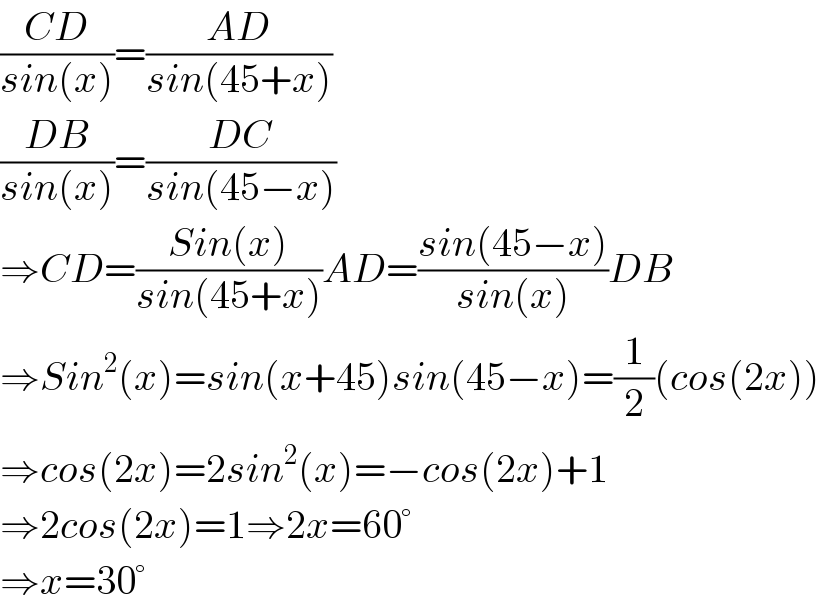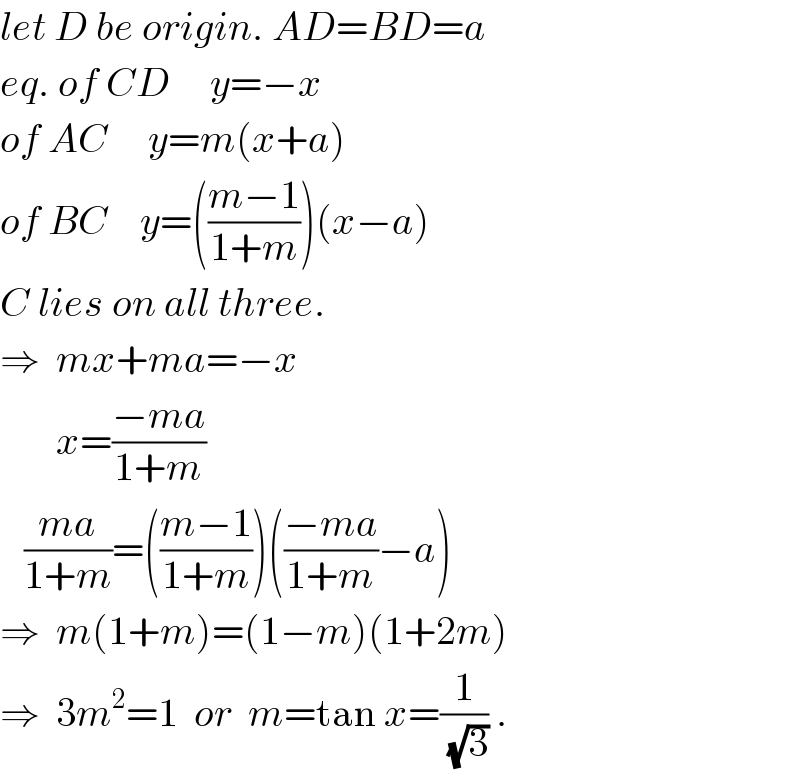
Question and Answers Forum
Question Number 70826 by naka3546 last updated on 08/Oct/19

Commented by naka3546 last updated on 08/Oct/19

Answered by mind is power last updated on 08/Oct/19

Commented by naka3546 last updated on 08/Oct/19

Commented by mind is power last updated on 08/Oct/19

Answered by ajfour last updated on 08/Oct/19

